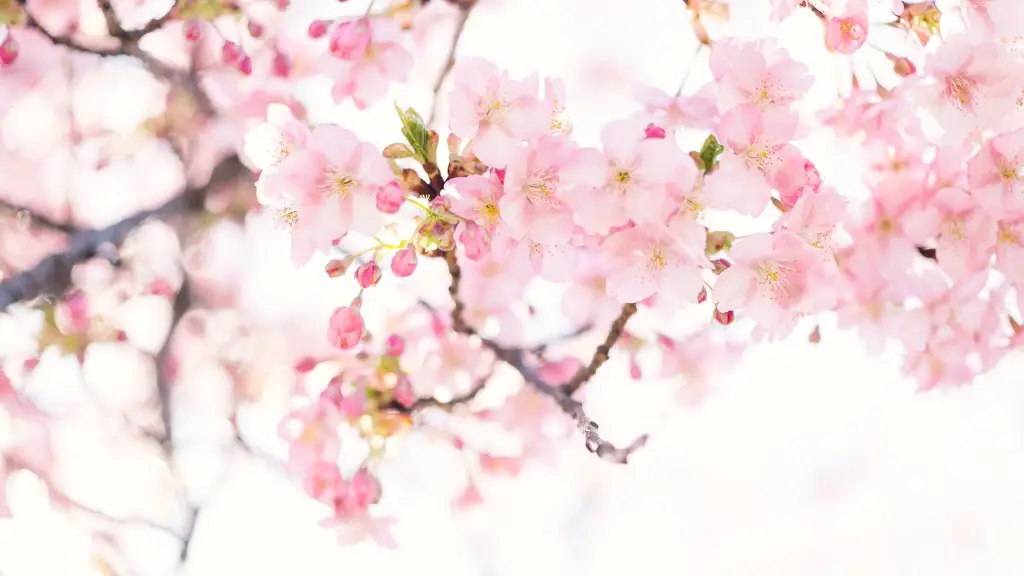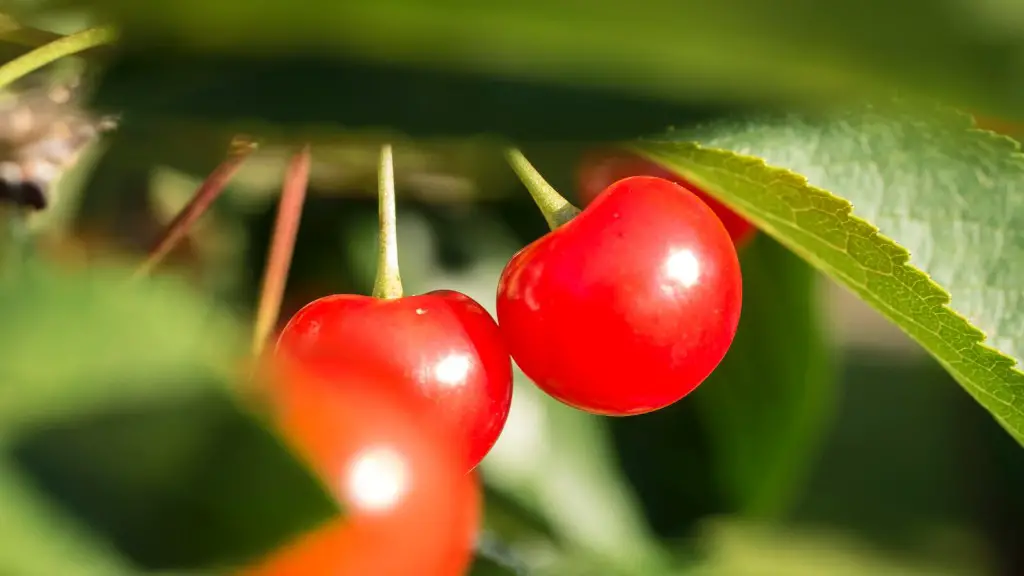Introduction
Sweet cherry trees are a popular variety of fruit-bearing tree, renowned for their large, colourful, and sweet tasting fruits. Though traditionally grown outdoors, they are also well suited to container gardening, making them a great addition to any garden or balcony. As with any fruit tree, caring for your sweet cherry tree is important to ensure that it grows healthy and strong. In this article, we will explore how to properly grow a sweet cherry tree, from choosing the right variety to planting it, pruning, and keeping it healthy.
Choosing the Right Variety
When choosing a sweet cherry tree, the most important consideration is the climate. There are many varieties of sweet cherry tree available, such as the Bing Cherry, Montmorency Cherry, Tartarian Cherry, and Van Cherry. All of these varieties have different requirements for sun, soil, water, and temperature. Therefore, it is important to select a variety that is suitable for the local climate. Also important to consider is how the tree will be used; some varieties are better suited to eating fresh, while others are better for cooking or canning.
Planting
Once the right variety has been chosen, it is time to plant the tree. A good location is one that gets at least 8 hours of sunlight every day. The soil should also be well draining, as cherry trees are susceptible to root rot if the soil is too wet. The tree should be planted with the root ball slightly above the soil level, to ensure that water can drain away easily. A low nitrogen fertilizer should also be applied to the soil before planting to help encourage healthy growth.
Pruning
Pruning is important for maintaining a healthy sweet cherry tree. The goal is to keep the tree structurally strong and free of diseases, while also encouraging more fruitful yield. Pruning is best done in late winter or early spring, when the tree is dormant. The tree should be pruned to have one central leader, which is the main part of the tree that will bear fruit. The tree should also be pruned into a vase shape, with the branches staggered in a way that will allow the sunlight to reach the inner fruit.
Caring for the Tree
Caring for a sweet cherry tree is important to ensure that it produces large and sweet tasting fruits. Fertilizing twice a year with a high phosphorus fertilizer will ensure that the tree is properly nourished. It is also important to keep the tree hydrated throughout the growing season, with at least an inch of water per week. This can be accomplished by regular watering or mulching around the tree.
Pests and Diseases
Sweet cherry trees are susceptible to a variety of pests and diseases. These can include cherry bark tortrix, aphids, and fruit rot. It is important to monitor the tree closely for any signs of pests or diseases. If any are found, then a suitable treatment should be applied immediately to prevent further damage.
Harvesting
When the cherries are ripe, it is time to harvest. The fruits should be carefully removed from the tree, taking care not to damage any of the branches. The fruits should then be stored in a cool and dry location, such as a refrigerator or cool cellar, to ensure their freshness.
Fertilizing
Fertilizing a sweet cherry tree is an important part of its health and upkeep. Fertilizing should be done with a good quality, low nitrogen fertilizer in the early spring before the growth of the tree begins and again in early summer when the flowers begin to appear. Always follow directions regarding the amount and frequency of application of the fertilizer.
Pest Control
To keep your sweet cherry tree free from pests, it’s important to maintain a regular pest control schedule. Regularly inspect your tree for signs of pests like aphids, caterpillars, and scale insects. If found, treat using an appropriate insecticide or beneficial insect like ladybugs. You can also help deter pests by making sure there is no standing water near the sweet cherry tree, as many pests use it as a breeding ground.
Pruning Tips
Regular pruning is important to keep the sweet cherry tree healthy and strong. Pruning can be done at the end of the summer, just after harvest, or in the early spring when the tree is still dormant. When pruning, focus on removing dead or diseased wood, crossing branches, and branches that rub against each other. Make sure to use sterilized pruning tools to prevent the spread of diseases and only prune as necessary.
Protection from Frost
Frost can be a very damaging force for a sweet cherry tree, as the immature fruits can easily be damaged. If your area experiences frost during the early spring, the blossoms of the tree need to be protect from the cold. This can be done by wrapping the tree in burlap or insulating the branches with hay or leaves.
Pollination
For the sweet cherry tree to produce a good crop of fruit, it needs to be properly pollinated. The best way to ensure effective pollination is to have bees in your garden. If you don’t have bees, you can hand pollinate the tree using a small paint brush or cotton swab. Gently dab the blossoms with the brush or swab, transferring the pollen to the stigma of the flower.



